How Did Utah Get Its Name?
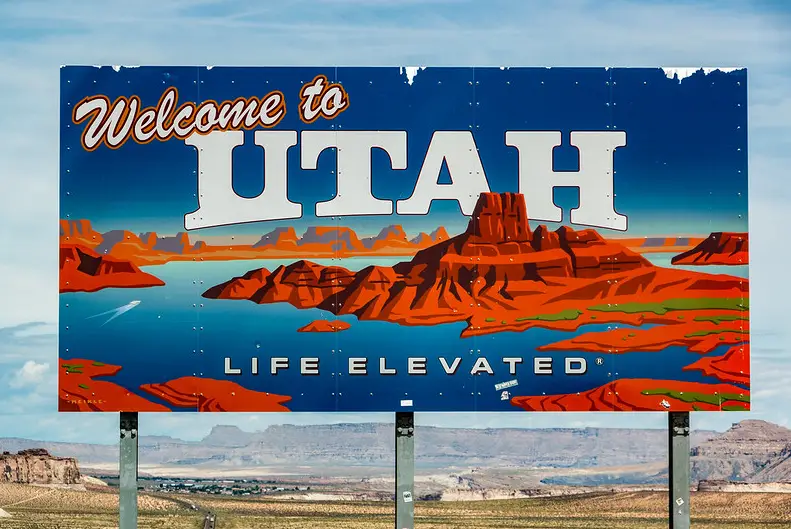
Source: flickr/Justin Kane
The answer to the question is: It depends. Ask five different people and you’ll likely get five different answers. This is the clever answer to the question.
A more direct answer to the question is: The State of Utah got its name from the Native American people that lived in the territory before the first Europeans arrived. Those people called themselves “Noochee,” meaning “the people.” The first Europeans in the area (Coronado Expedition, Spain, 1540) called these Native Americans, “Yuta,” or “meat eaters.”
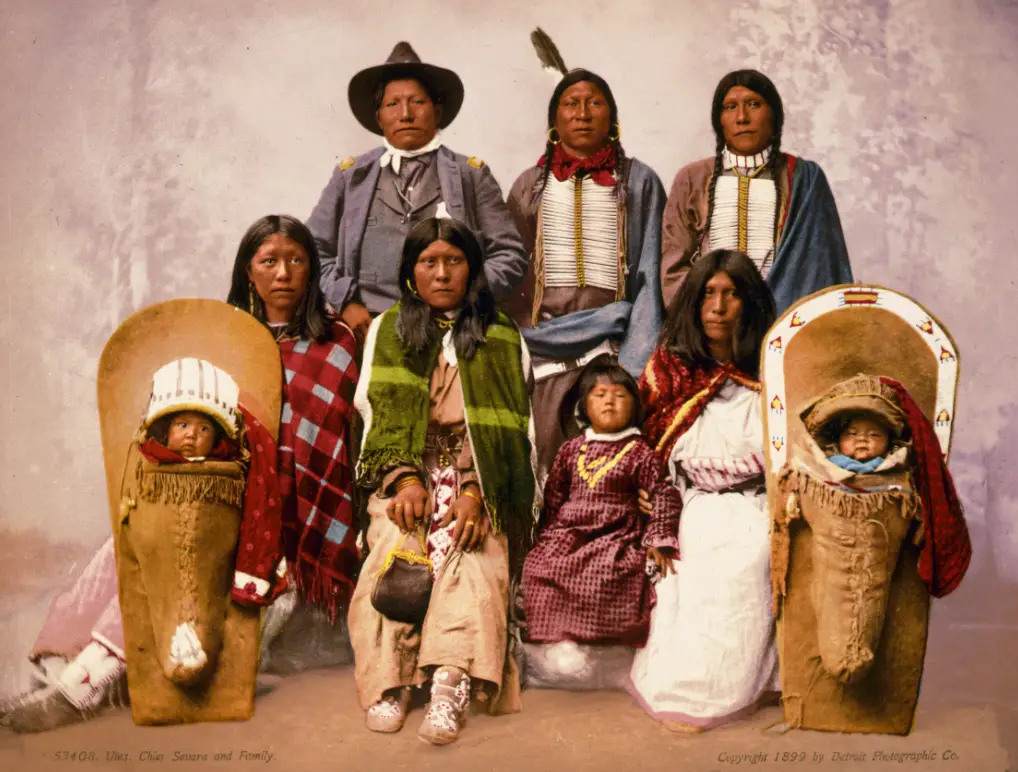
Source: Library of Congress/Detroit Publishing Co.
The Utes are Native Americans (also called American Indians) that speak the Numic language. Historians believe these people came from the region that is now the border between Nevada and California. This was about 1000 AD.
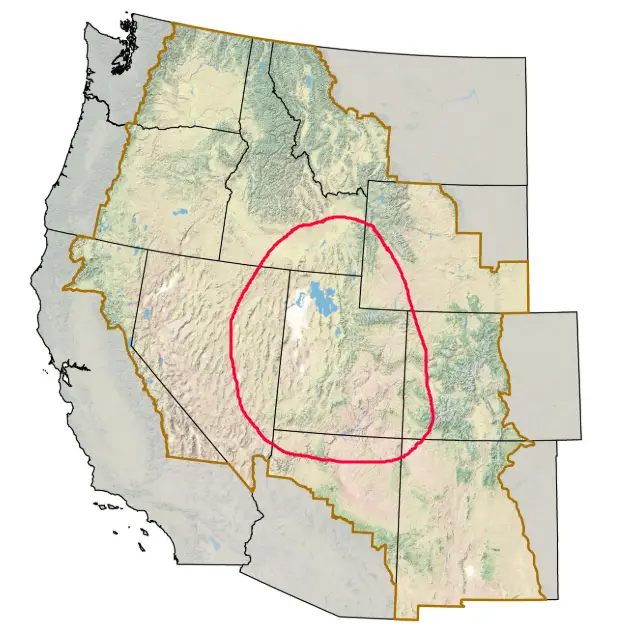
Source: US Geological Survey (USGS) Map, 2016
In 1990, Jan Pettit published a book called: “Utes, The Mountain People.” In the book she says “Utah” comes from the Ute word, “Yutas,” meaning “the people.” In western America, the neighbors of the Utes are the Pueblo Indians (Colorado, New Mexico, and Texas). In their language, the Pueblo people referred to the Utes as “the mountain people.”
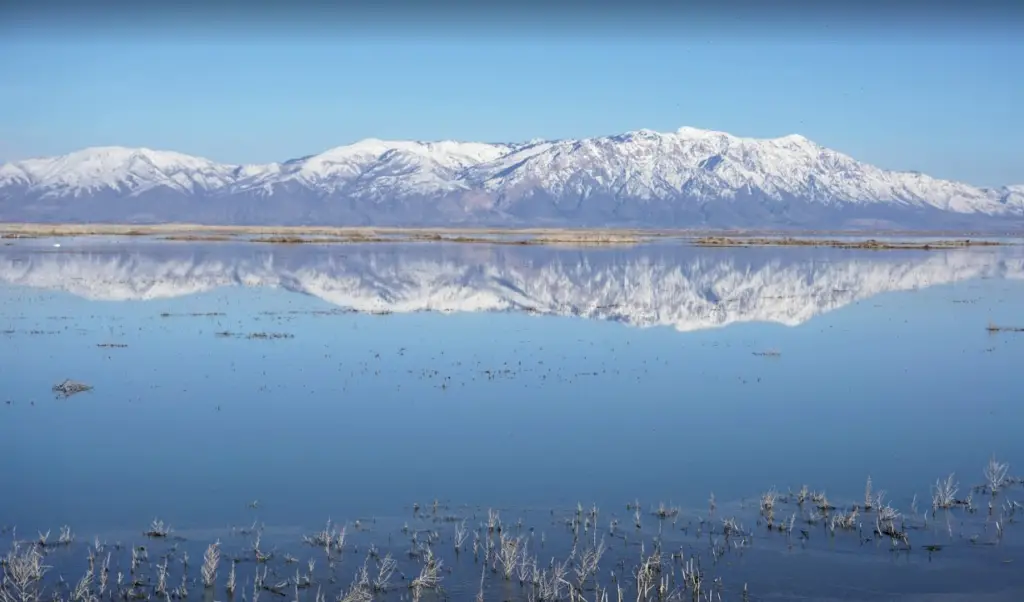
Source: FRLambrechtsen (2019)
Mountains? Yes, there are plenty in Utah. There is also a lot of desert. The western part of the state is mostly dry desert wilderness. The mountains rise up near Salt Lake City and the “Wasatch Front” and continue east to the border with Colorado.
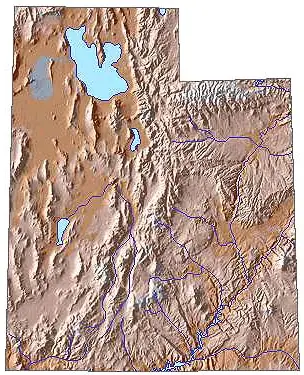
Source: TeacherLink/Utah State University
The Ute people inhabited this region for centuries. After Coronado (1540), few Europeans visited again. In 1776, another Spanish expedition came through the Utah territory. It was a group led by two friars, Fathers Dominguez and Escalante. They were searching for a route to the coast of California. They reached as far north as what is now Utah Lake (near Provo). The Spanish had no interest in staying. They thought the area was too dry.
In 1825, a French fur trader by the name of Etienne Provost visited the area. (The city of Provo is named after him.) In 1828, a French-Canadian fur trader by the name of Peter Skene Ogden explored the Great Salt Lake, including the rivers that drain into it. Ogden, Utah’s seventh largest city, is named after him.
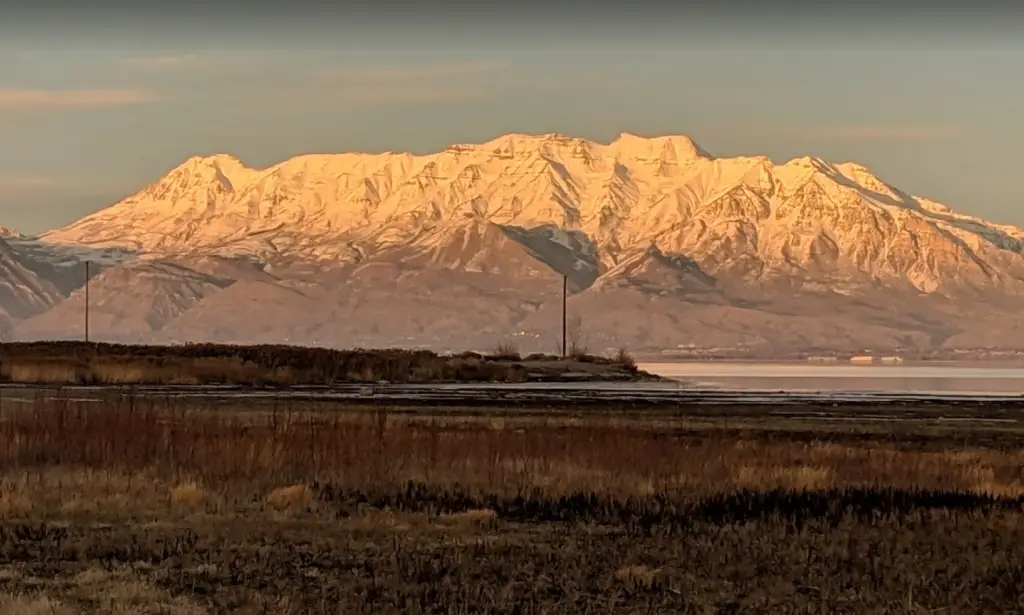
Source: FRLambrechtsen (Feb 2018)
In 1847, the largest migration of Europeans into the territory began. These were Mormons, members of the Church of Jesus Christ of Latter-day Saints. They were persecuted, driven out of the eastern United States. They came to the Utah territory seeking peace, refuge, and a safe place to practice their religion. It can be argued that migration is still continuing to this day.
Today, the total population of Utah is a little over 3 million. Of that, about 4,000 are members of the Ute tribe living on or near the Uintah-Ouray Reservation in the northeast part of the state (between Duchesne and Vernal). The reservation is near the Uintah Mountains, some of Utah’s highest, and some would say, most beautiful.
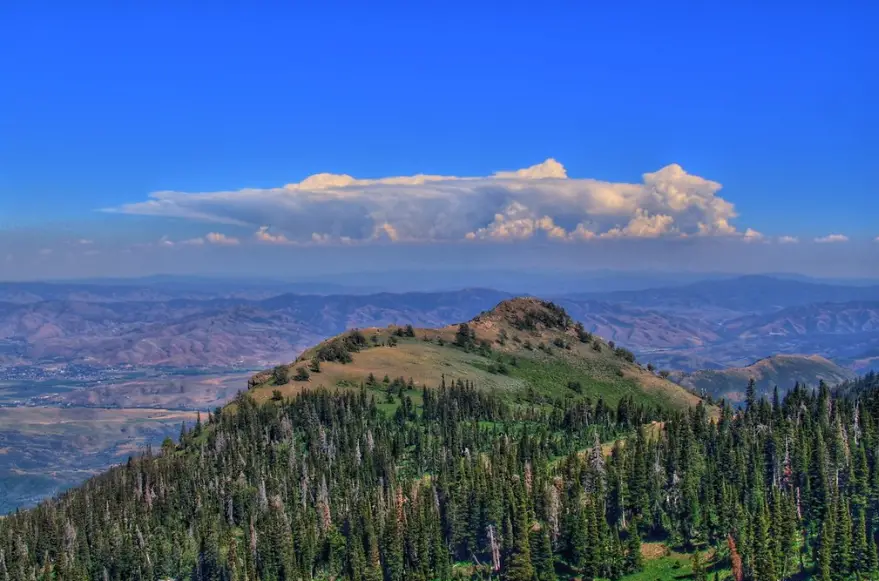
Source: flickr/Mike Christensen
Many thanks to the Ute people for lending their name to the state with the Greatest Snow on Earth, parched deserts, stunning alpine vistas, and some of the country’s most frequented national parks.
If you are so inclined, say, “Tog’oiak’,” to a Ute. You may get a smile. In their language it means: “Thank you.”
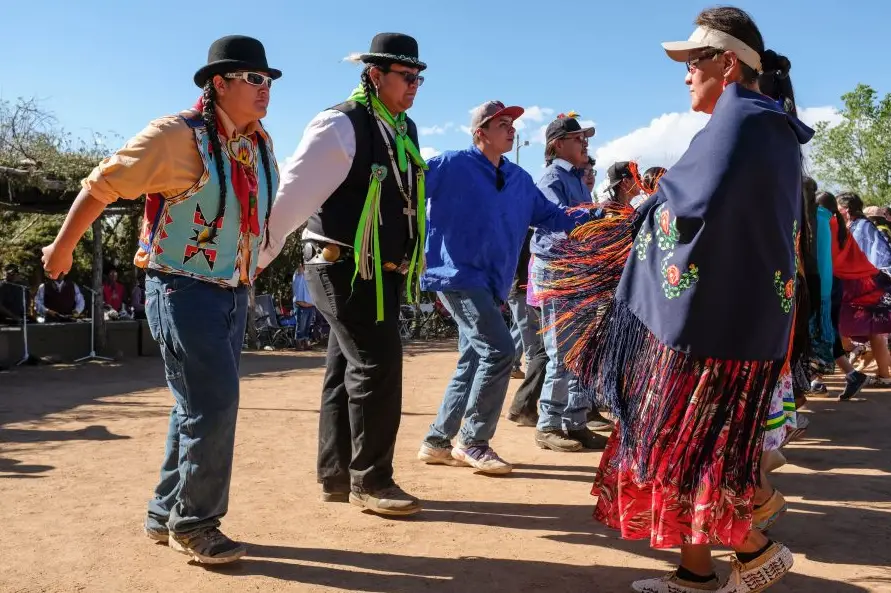
Source: flickr/Jeremy Wade Shockley

Something interesting I picked up from this article that I probably should have already known: Escalante was named after a catholic priest. Had no idea. I’m curious if there are any old Spanish missions in Utah?
As you may know, California has many missions that still exist. They’re located up and down the coast…from the Bay Area down to the San Diego area. They’re beautiful. Definitely worth a stop, if you have time. Any in Utah? Sadly, no. The Spaniards probably considered the Utah area to be too arid and inhospitable for missions (small colonies).